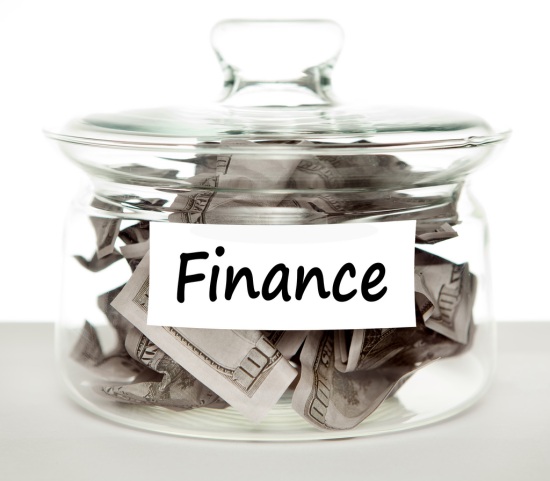Although the recession is now over and the country can begin to rebuild businesses and initiatives lost during the four tough years, many experts were concerned that the levels of growth posted earlier in the year did not indicate a sustainable upward momentum was possible. However, these fears may have been somewhat allayed this week with the news that growth is now at its highest quarterly rate for three years.

In the quarterly period stretching between the beginning of July and the end of September, economic output in the UK rose by 0.8 per cent, building upon the previous quarter’s good results of a 0.7 per cent rise in GDP. This is the best result seen since 2010, and while this does not necessarily mean that the UK is out of the woods yet – after all, recession followed the 2010 results – the consistent but steadily increasing rate of growth does tend to hint at long-term improvements in the country’s economic foundations.
According to the Office for National Statistics, there is further good news as it appears that all sectors of the economy yielded a “fairly strong” performance. Manufacturing improved by 0.9 per cent within the production category, greatly assisting the offset of weaknesses elsewhere with the result that production overall grew by 0.5 per cent.
While this may still be 12.8 per cent down on levels seen in the pre-recession total in 2008, this figure is only set to rise. As the Government’s Help to Buy scheme launched towards the end of the quarter, the full impact would not be seen in the July-September period but industry figures fully expect a boom period for house builders and contractors during the coming months.
The services sector, meanwhile, saw growth of 0.7 per cent. This means that output in this area actually tops pre-recession levels by 0.4 per cent and, as the services sector accounts for three quarters of total economic output, this is extremely positive news for the UK’s recovery.
Yet shadow chancellor Ed Balls points out that, while these results are good for the economy as a whole, they are not yet translating into improvements in the day to day life of British consumers.
He says; “After three damaging years of flat lining, it’s both welcome and long overdue that our economy is growing again.
“But for millions of people across the country still seeing prices rising faster than their wages, this is no recovery at all.”
This spirit of caution is echoed by several prominent economists who still believe that there is a risk of the large steps towards growth tailing off. For the main part, this centres around the worry that supply firms will be unable to cope with the demands placed upon them by clients.
Chief economist at the Institute of Directors, Graeme Leach, says; “By far the biggest challenges remain on the supply side, not the demand side.
“Supply side constraints mean that the current growth spurt is unlikely to extend beyond next year.
“This stage of our economic recovery is likely to be short and sweet, instead of long and strong.”
How do you think the Government could promote growth by offering aid to those working in the supply chain – is it a matter of finances or upping the standard of available training?
Previous Post
Property Businesses Lead Southwest’s Recovery